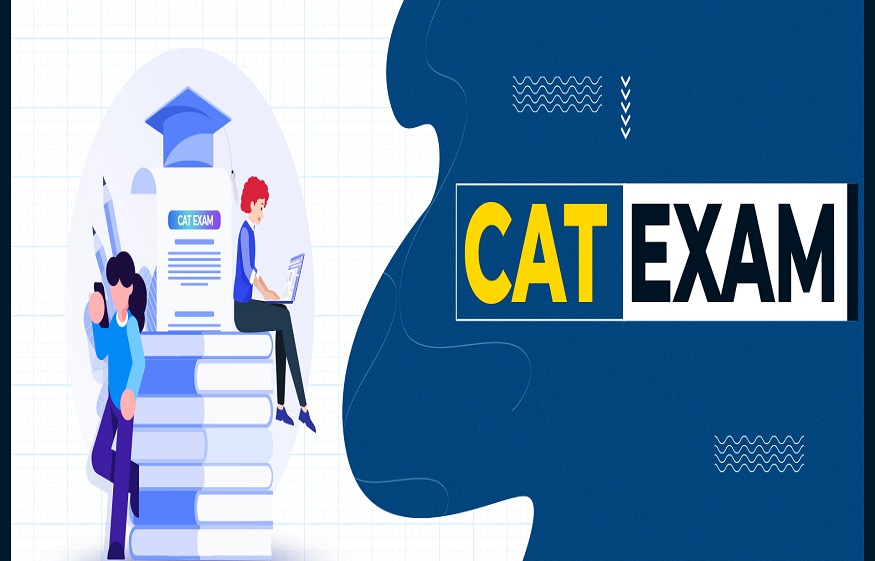As generative AI succeeds in transforming the way machines work with data by reading and producing text, images, music, coding, and even videos, there is scope for developing skilled professionals in this domain. This phenomenon has led several well-known institutions in Pune to initiate structured training programs in Generative AI. Generally, the generative AI courses are divided into progressive modules that enhance learners’ understanding of AI theorems, along with practical sessions on various applications of generative models.
1. AI and Machine Learning Overview
The initial building blocks for any course are prerequisites and key concepts. With AI gaining acceptance across the globe, it is essential for its users to know the evolution of AI, which in turn is crucial for any learner to understand key concepts in machine learning (ML). Also, AI can be classified into narrow, general, and super-intelligent systems. This module also talks about the various types of machine learning: Supervised, unsupervised, and reinforcement learning, along with their basic algorithms. The goal is to create an understanding of various advanced concepts by first solidifying the fundamentals.
2. Deep Learning Fundamentals
This module provides learners with the basic concepts of deep learning, including neural networks, activation functions, loss functions, optimisation techniques, etc. Learners will also gain hands-on experience with deep learning frameworks such as TensorFlow and PyTorch for training and building models, giving them the necessary skills to train and develop models.
3. Overview of Generative AI
In this module, learners learn about generative models and their functions, applications, as well as significance. It teaches the difference between discriminative and generative models, focusing on how the generative models create new data from the existing datasets. Others include AI-generated art, composing music, image, and text synthesis. More than just the technical considerations, issues such as ethics of content creation and data bias are covered so that learners start forming responsible frameworks for AI design.
4. Generative Adversarial Networks (GANs)
Among the most researched models in generative AI, GANs are the focus of this module, with the emphasis placed on understanding their architecture and operation. Aspirants understand how the generator and discriminator parts work within a generative adversarial framework to produce authentic data. Problems such as mode collapse and training instability are addressed alongside advanced variants of GANs like DCGANs, CycleGANs, which are applied in style transfer, and StyleGANs known for face generation. Typical hands-on projects involve the use of GANs for generating synthetic images.
5. Variational Autoencoders (VAEs) and Diffusion Models
With the introduction of VAEs, which encode input data into a latent space and reconstruct it by introducing minor changes, this module focuses on baseline encoding methods. Learners explore the structure and functioning of autoencoders and their probabilistic extensions in great detail. Moreover, aspirants learn about more recent methods of generation, such as diffusion models, used in Stable Diffusion and DALL·E 3. These models, which focus on reversing a noise process to generate data, are increasingly pivotal in the generation of high-fidelity images and text.
6. Natural Language Processing (NLP) for Generative AI
One of the most advanced branches of AI is language generation, and this module teaches how machines understand and generate human language. Learners will look at tokenisation, word embedding, attention mechanisms and transformer architecture. The well-known language models GPT (Generative Pre-trained Transformer), BERT and T5 are discussed as well as practical tasks such as text summarisation, translation and sentiment analysis. Learners construct miniature NLP projects using pre-trained models from libraries such as Hugging Face Transformers.
7. Prompt Engineering and Language Model APIs
The availability of large language models (LLMs) via APIs has made prompt engineering an important skill. In this module, participants will learn how to create and design prompts that control model behaviour. Guidance on prompt creation includes zero-shot, little-shot and chain-of-thought prompts. Using LLM APIs provided by OpenAI (GPT 4), Cohere or Anthropic, learners will create virtual assistants, text synthesisers and Q&A systems. They are given the opportunity to deepen their technical and problem-solving skills.
8. Multimodal Generative AI (Text to Image, Audio, and Video)
This module is an extension of generative AI where text is the only input. Creation of images, audio, and videos is an additional feature in this section. Learners focus on image creation from text with tools like DALL-E, MidJourney, and Stable Diffusion. Similarly, text-to-speech services and music synthesising tools like AudioLM and Jukebox, along with newer studies in video creation, are covered. Aspirants work on creative projects using the tools provided, which are applicable in marketing, content development, and design.
9. Ethics, Security, and Responsible AI
The importance of ethics in the context of generative technologies comes into focus with this module. Learners analyze deepfakes, misinformation, and other cases of AI content misuse. Other issues, such as bias in the training dataset, assessment of the model, and adherence to regulations such as GDPR, are also covered. Ensuring the responsible use of generative AI, learners are encouraged to develop solutions that promote transparency and equity in AI systems.
10. Capstone Project and Deployment
Learners are now able to bring together everything they have learned throughout the course in a comprehensive capstone project. They can tackle real-world problems, such as developing an AI writing assistant, an image generator, or even a chatbot, and go through the entire life cycle, including data collection, model training, evaluation, and deployment. The deployment stage typically involves making the project accessible online via cloud services such as AWS, Azure, or Google Cloud. This is invaluable in building one’s portfolio and career skills. It is the best look feature of the generative AI courses.
Conclusion
A good generative AI Course Training in Pune starts with basic AI concepts, guiding learners to advanced applications that focus on multimodal models and real-world deployments. Each successive module adds new dimensions to the learner’s technical skills, while inspiring creativity and ethical considerations. With Pune’s well-established tech landscape and increasing need for AI specialists, these training programs provide a gateway to one of the most dynamic and sought-after fields in technology today.





